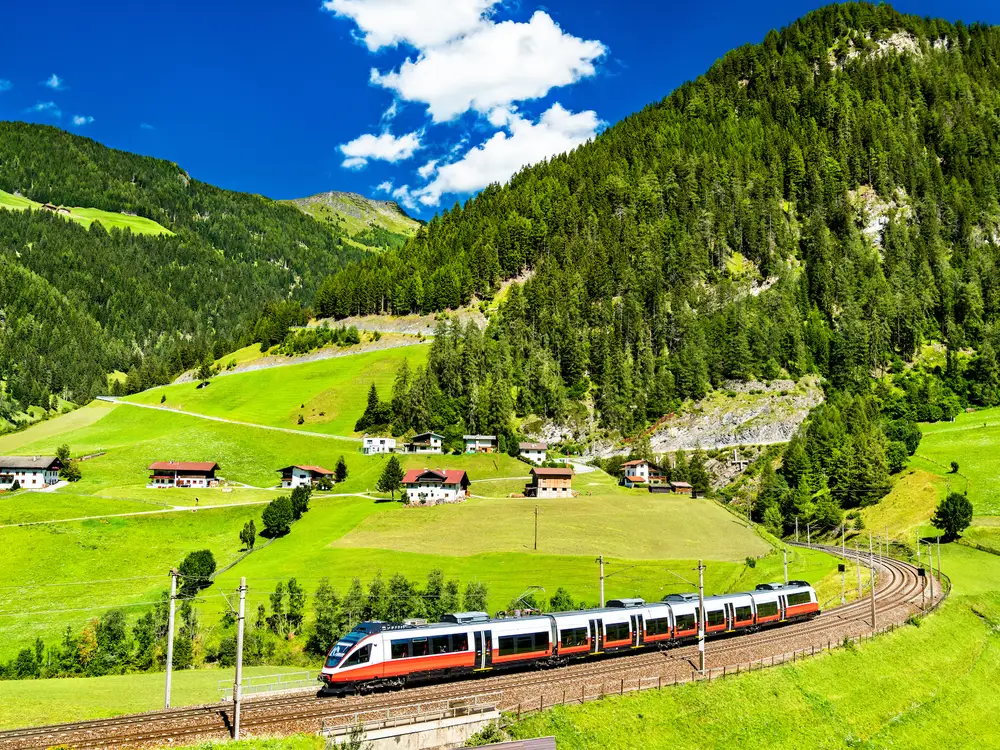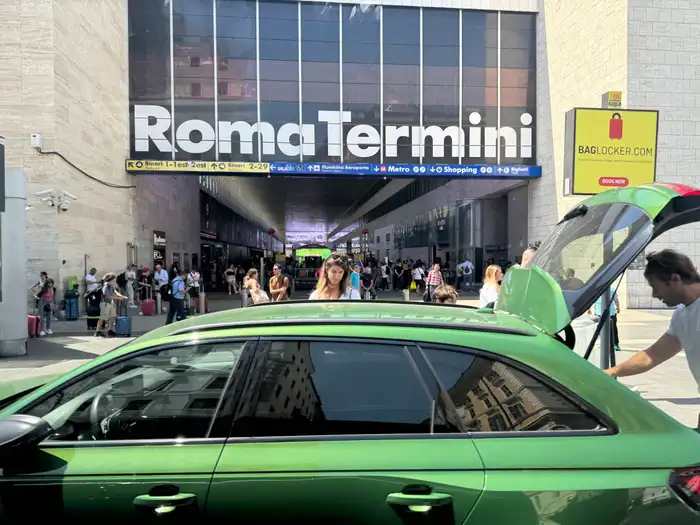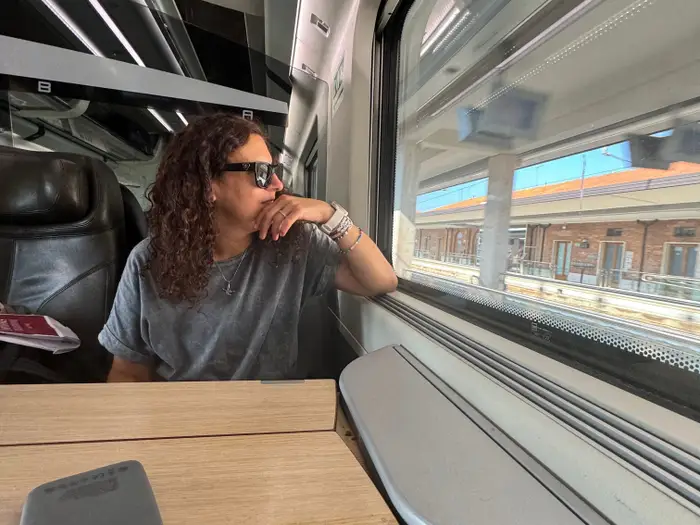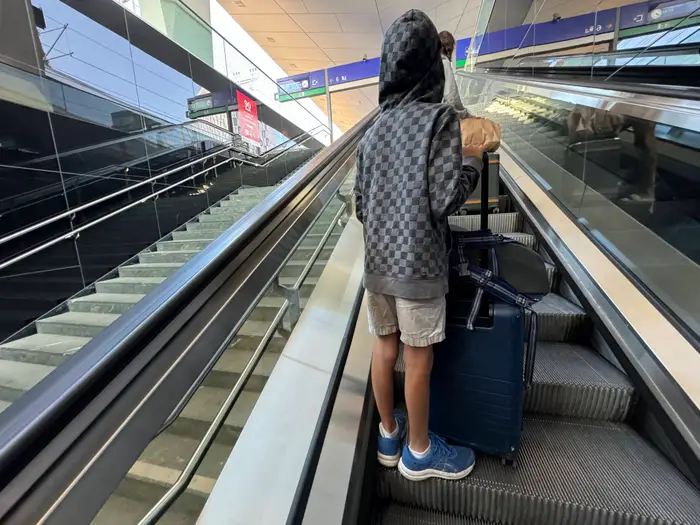I’ve been riding trains across Europe for 15 years. I love it, but I often watch people make the same 4 mistakes.

Trains are a great way to get around Europe.
I’m American but also have citizenship in Poland and Portugal, so I travel to Europe frequently.
Taking the train is my favorite way to get around the continent. After all, it’s home to some of the largest train networks in the world. As demand grows, new high-speed lines seem to pop up every year.
But I’ll admit that there is a bit of a learning curve to making rail trips go as smoothly as possible.
Here are the most common mistakes I see people making on European trains — and what to do instead.
Don’t assume all train stations are in “bad” neighborhoods.

I like to stay near train stations when I travel in Europe.
I see too many people changing their whole trips around to avoid an early morning or evening train ride because they’re afraid to get to the station when it’s dark, assuming it’s in a “bad” part of town.
Although it’s always good to be aware of your surroundings, especially in a new city, I haven’t worried about my safety in or around any of the European train stations I’ve been to.
In fact, when I travel alone or with two of my kids, I usually stay near stations because it’s more convenient — the area tends to be well-connected to the rest of the city.
On a trip to Vienna last summer, one of the best hotels I stayed in, the Andaz Am Belvedere, was a block from the train station and a short walk to one of the city’s most upscale areas, Stephansplatz.
You’re probably missing out on deals.

I’ve found amazing deals, even on first-class train cars.
Great train deals are available in Europe, but they aren’t always easy to find.
Eurail has single-country passes and pricier global passes that go between 33 European countries, and most people automatically assume that’s their best option for multiday train travel.
Although that can be true, I’ve found better deals by looking beyond the Eurail Pass.
I once found a family package for a train from Rome to Venice that included first-class seats, snacks, and drinks for three for $66. I also booked three roundtrip tickets between Austria and Slovakia (that included local transportation options in Bratislava) for $22.
Many European trains are reasonably priced, to begin with. But if you dig around online, you can often find deals that can help you stretch your budget even further.
Waiting until the last minute to make reservations is a mistake.

I like to know that I’ll have a seat on a train.
Not all trains in Europe require you to book a seat in advance, but some do. And on certain routes, it’s important to track when reservations open.
When I was traveling from Kraków to Warsaw, reservations didn’t open until 30 days before my trip. I set a calendar reminder, but when I logged in, it was already late afternoon in Poland, and many seats were already booked.
If you miss making a seat reservation, you may still be able to get on a train, but you’ll likely have to stand until a seat becomes available. It can be awkward or uncomfortable, especially on long journeys.
Moreover, prices tend to be cheaper the further out you book, so planning ahead is usually worth it.
Don’t bring too much luggage.

Carry-on suitcases tend to be easiest for us.
One of the reasons trains in Europe are so efficient is because they don’t really linger at each station. But that also means passengers need to be prepared to get on and off quickly.
Having too much luggage can slow this process down considerably. Additionally, there hasn’t been a ton of space for luggage on most of the trains I’ve ridden.
I now travel with a wheeled, carry-on suitcase and try to keep it as light as possible.






